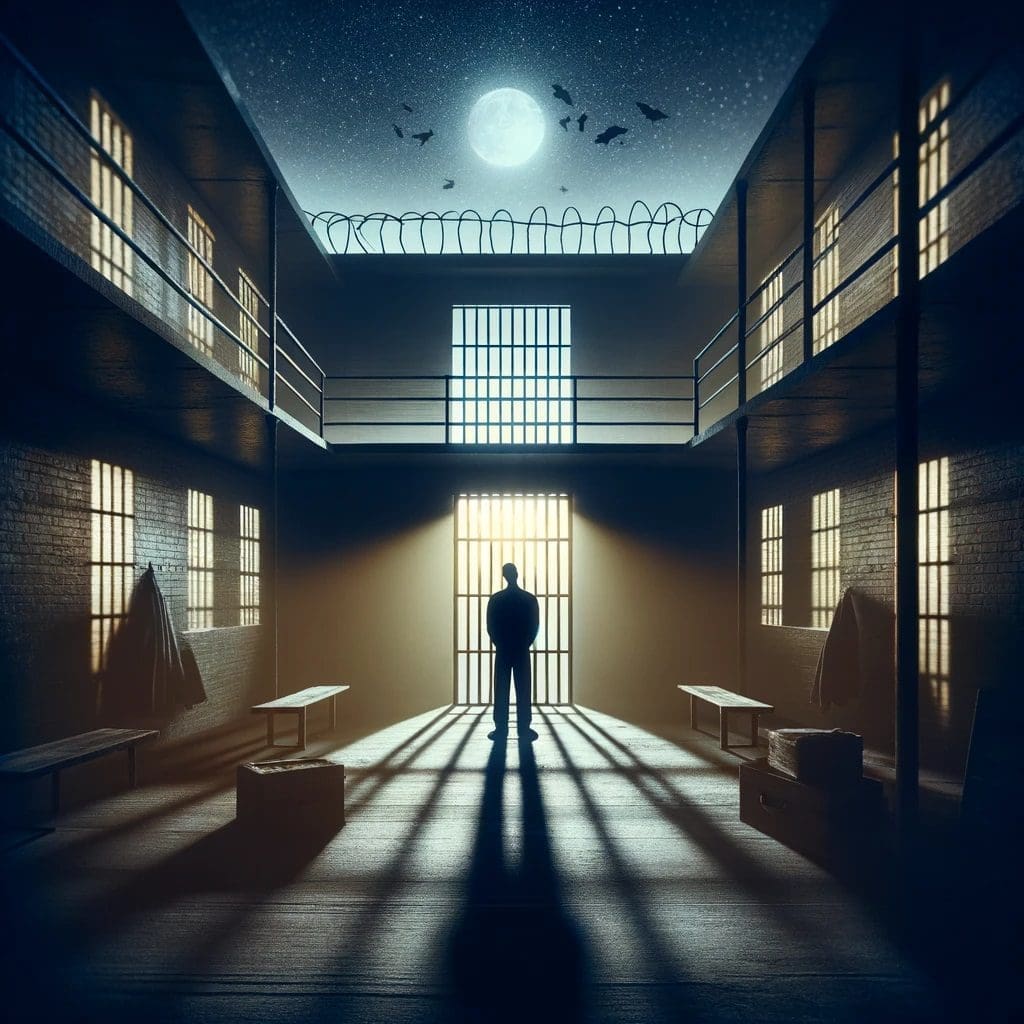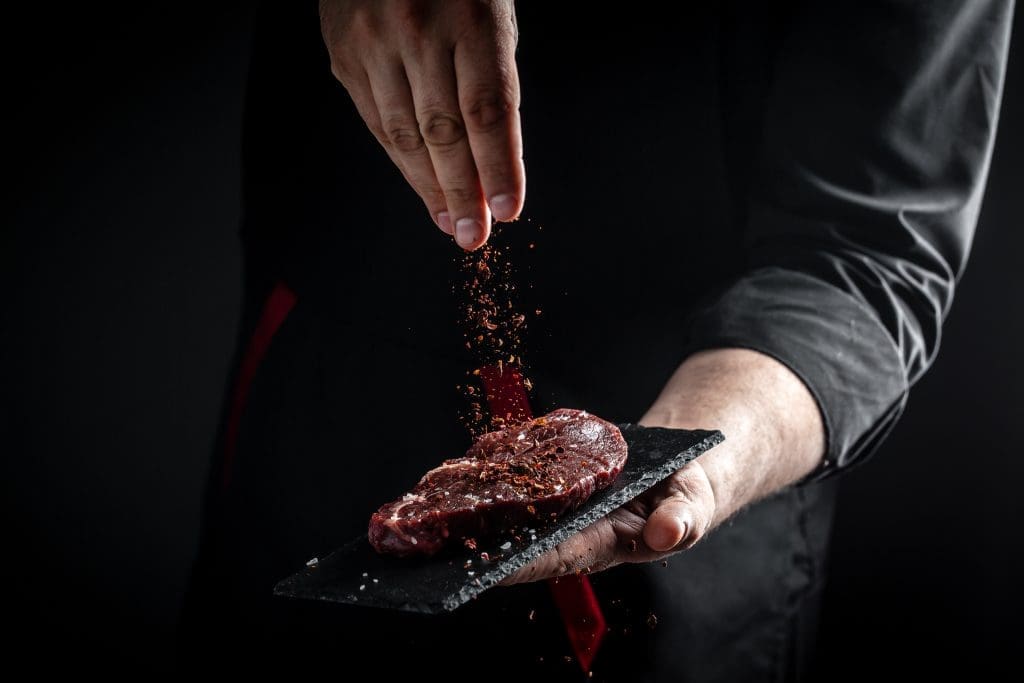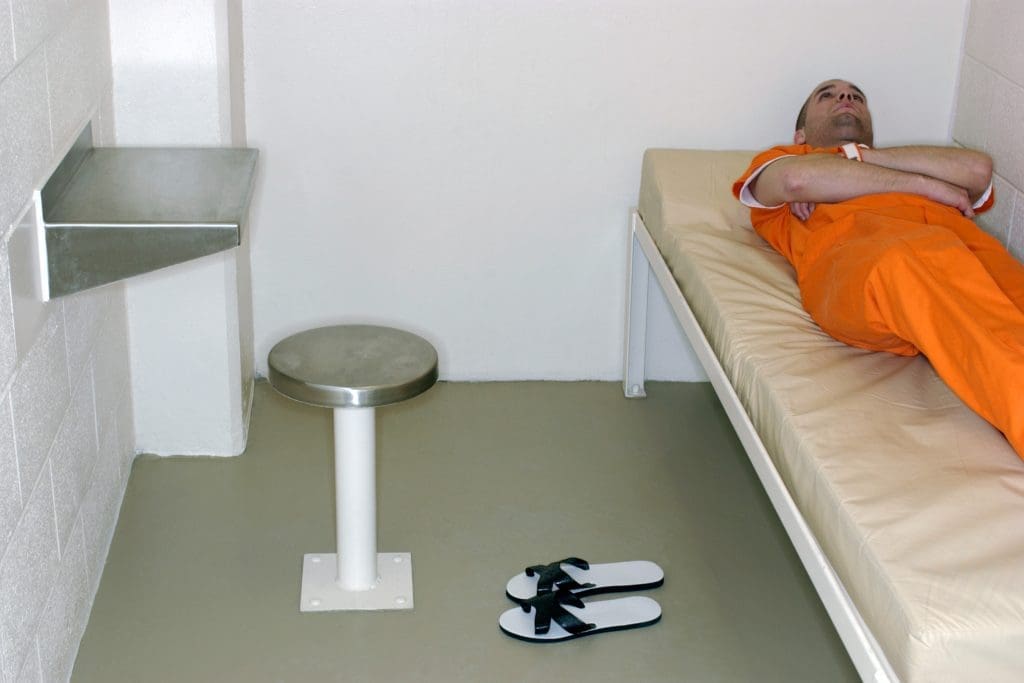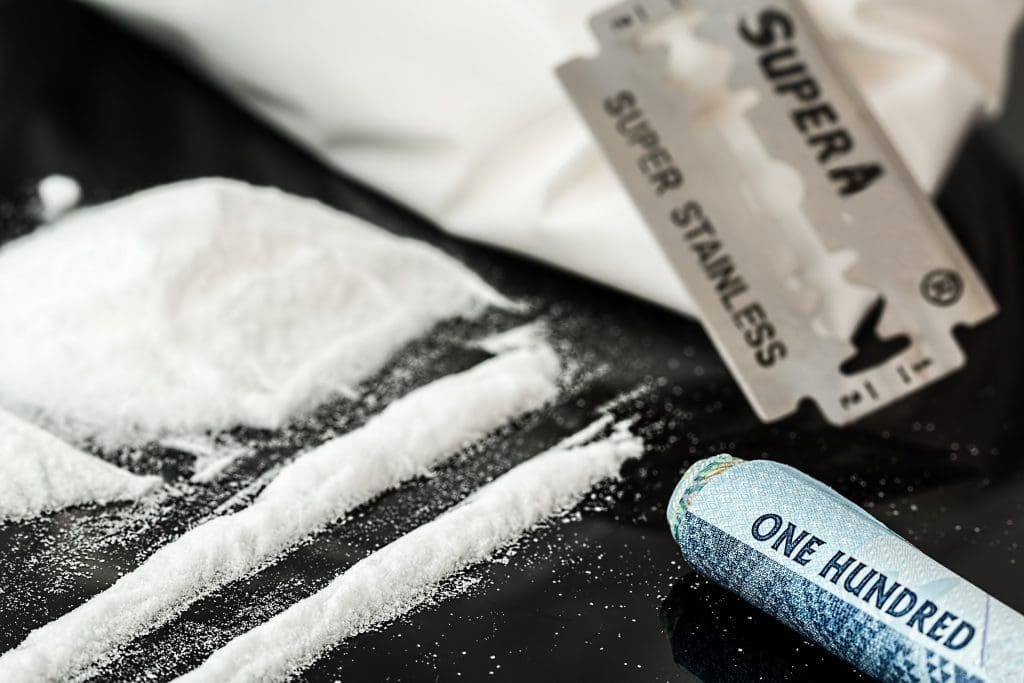Prison

Prison Law Explained: Understanding Inmate Rights and Regulations
The legal landscape of prison systems is intricate, encompassing various laws and regulations that govern the rights and responsibilities of inmates. This article aims to provide a comprehensive understanding of these legal aspects.
Prisons are designed to carry out sentences imposed by the court, but they are also places where the rule of law must be respected. Inmate rights are a critical aspect of prison law. These rights include access to healthcare, protection from cruel and unusual punishment, and the right to communicate with the outside world, albeit under certain restrictions.
One of the central legal challenges in prisons is balancing security needs with individual rights. Prisons have strict regulations to maintain order and safety, but these must not infringe upon the basic human rights of inmates. Legal debates often arise around issues like solitary confinement, prison labor, and visitation rights.
The role of prison officials is also governed by legal standards. They are responsible for ensuring the safety and well-being of inmates while maintaining order and discipline. Any misconduct or abuse of power by prison staff can lead to legal repercussions.
Legal representation and access to the courts are vital rights for inmates. They have the right to challenge the conditions of their confinement and appeal against any unjust treatment. Legal aid services and prison advocacy groups play a crucial role in providing representation and ensuring that inmates’ legal rights are upheld.
Rehabilitation programs within prisons are an essential legal aspect. These programs aim to prepare inmates for reintegration into society and reduce recidivism. Legal frameworks support rehabilitation efforts, ensuring that they are accessible and effective.
In conclusion, the legal environment of prisons is complex and multifaceted. It is crucial for inmates, prison staff, and legal professionals to understand these legal dimensions to ensure that prisons operate within the bounds of law and justice.
Moreover, the legal system continually reviews and updates prison laws to address new challenges and issues. This includes adapting to changes in societal attitudes, technological advancements, and evolving standards of human rights.
The impact of prison conditions on inmate mental health is another significant legal concern. Laws mandate that prisons provide adequate mental health services and support to address the psychological needs of inmates.
In the international context, prison laws vary significantly across countries. Understanding these differences is crucial for legal professionals dealing with international human rights issues and extradition cases.
Lastly, community involvement and oversight are increasingly recognized as important in prison law. Community groups and independent oversight bodies monitor prison conditions and advocate for legal reforms to improve the prison system.
In summary, prison law encompasses a wide range of legal issues, from inmate rights to the responsibilities of prison authorities. Keeping abreast of these legal aspects is essential for ensuring fairness, rehabilitation, and respect for human rights in the prison system.










